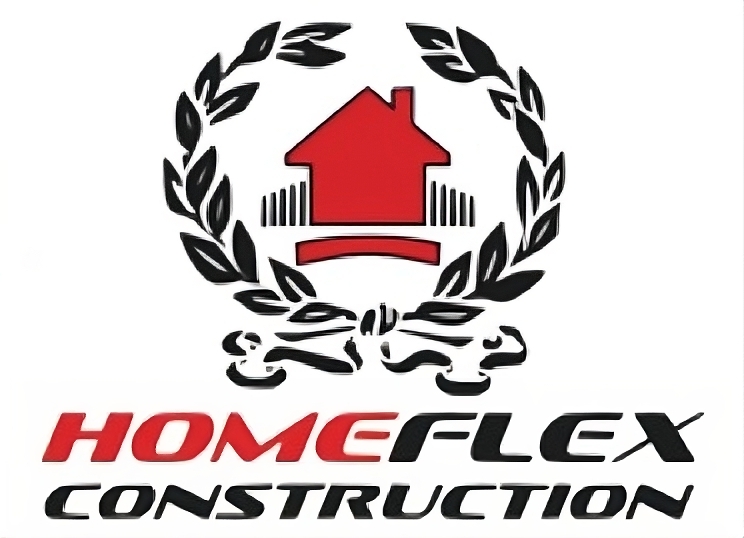Concrete is tough, but even the strongest structures can crumble without protection. That’s where waterproof concrete benefits truly shine. It keeps your walls, floors, and foundations strong, prevents cracks, and protects against costly water damage. Whether you’re building new or upgrading, understanding the benefits of waterproof concrete can save you time, stress, and money in the long run.
Especially in cities with heavy rain and freeze-thaw cycles, water damage in concrete walls is a silent enemy. Learning to spot the early signs can save you thousands of dollars. A small damp patch today can become a nightmare tomorrow.
Let’s break down what to look for — and what you can do about it.
1. Dark Spots
Dark or uneven color patches are the first clues. When concrete absorbs water, it darkens because moisture seeps deep inside. Over time, these areas indicate constant water exposure.
What to do: Keep watching the spot. If it stays damp for days, it might be a hidden leak, poor yard drainage, or a high water table. Therefore, find and fix the source as soon as possible.
2. White Powder (Efflorescence)
That chalky white residue? It’s not harmless dust. It’s salt left behind when water moves through the concrete and evaporates.
Why it matters: Efflorescence proves that water is actively pushing through your wall. In other words, the structure is slowly weakening.
Fix it: Brush it off and clean the wall, but don’t stop there. Instead, address the root cause — find the moisture source, fix it, and seal the wall properly.
3. Cracks
Cracks seem obvious, yet they’re often ignored. Once water enters, it freezes, expands, and widens those cracks. The more it spreads, the weaker your wall becomes.
How to repair: Seal smaller cracks with epoxy. However, if cracks are growing or diagonal, call a professional immediately. That’s a sign of serious pressure or shifting.
4. Peeling Paint
Peeling or bubbling paint means trapped moisture under the surface. It breaks the paint bond and traps water against the concrete, making things worse.
Fix it: Scrape off the loose paint and let the wall dry out completely. Next, repaint using a breathable masonry coating. That way, moisture can escape instead of staying trapped.
5. Mold and Musty Smells
A musty smell or dark green, gray, or black spots are classic signs of mold. This means water has been present for a while. Mold doesn’t grow overnight.
Why it’s dangerous: Mold harms indoor air quality and can spread fast.
To fix it: Clean small patches with vinegar. For large areas, hire a mold remediation professional. Afterward, fix the moisture problem that caused it.
When Things Get Worse (Serious Damage)
6. Flaking Concrete (Spalling)
If your wall’s surface is chipping or flaking off, water has already entered and frozen inside. As a result, the concrete expands and breaks apart — a process called spalling.
Solution: Remove loose debris, patch the surface, and apply a waterproof seal. From then on, prevent future moisture penetration with proper maintenance.
7. Wet Streaks
Damp streaks or visible water trails mean active seepage. It could be from a leaking pipe, roof drain, or improper yard slope.
The risk: Constant seepage leads to cracks, mold, and even flooding.
To fix it: Inspect gutters, downspouts, and drains. If you still see water trails, consider a professional drainage system or waterproof membrane.
8. Crumbly Concrete
When concrete feels soft or chalky, it’s breaking down from within. Water has leached out the minerals that make it strong.
Tip: Tap the surface. If it sounds hollow, that means internal decay. At this stage, it’s best to call a structural engineer for a complete damage assessment.
9. Rust Stains (“Concrete Cancer”)
Rust streaks are one of the most serious warning signs. They mean water has reached the steel rebar inside. Once the rebar rusts, it expands and cracks the concrete.
Repair: Remove loose pieces, treat the rusted metal, and patch it using special mortar. Finally, seal the wall to stop moisture from returning.
10. Constant Condensation
Walls that stay damp even without visible leaks are suffering from condensation. That’s due to high humidity or poor airflow.
Solution: Increase ventilation, use exhaust fans, or add a dehumidifier. Additionally, insulating cold walls helps prevent water droplets from forming.
Conclusion
If you want a home that lasts, protect it from the ground up. These waterproof concrete benefits make your structure stronger, safer, and more valuable. Whether you’re renovating or building new, waterproof concrete is the smartest upgrade you can make.
By spotting the early warning signs — like dark spots, peeling paint, or efflorescence — you can prevent structural damage. Use sealants, maintain good drainage, and act quickly at the first hint of moisture. Ultimately, staying alert protects your home’s strength for years to come.
